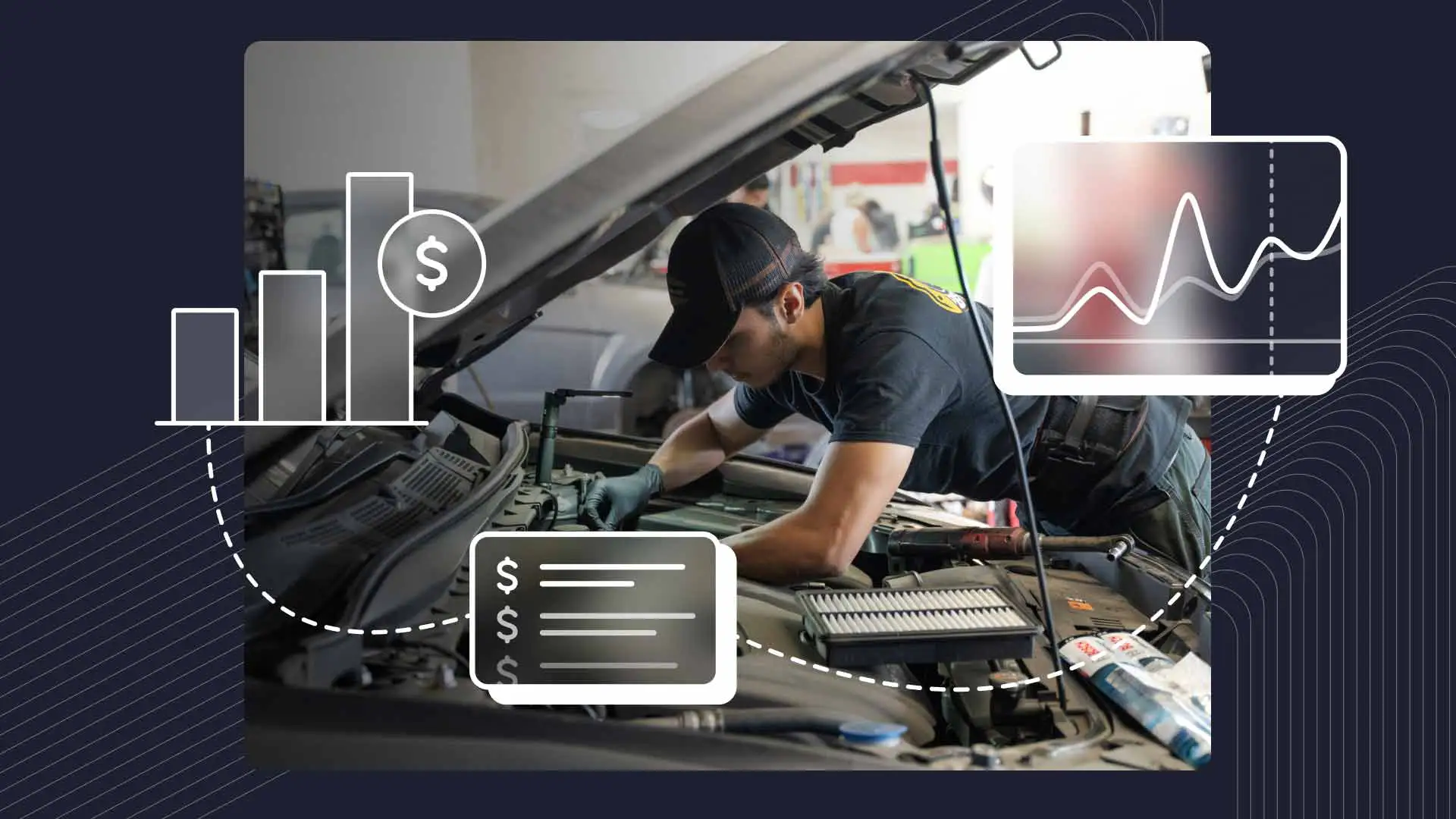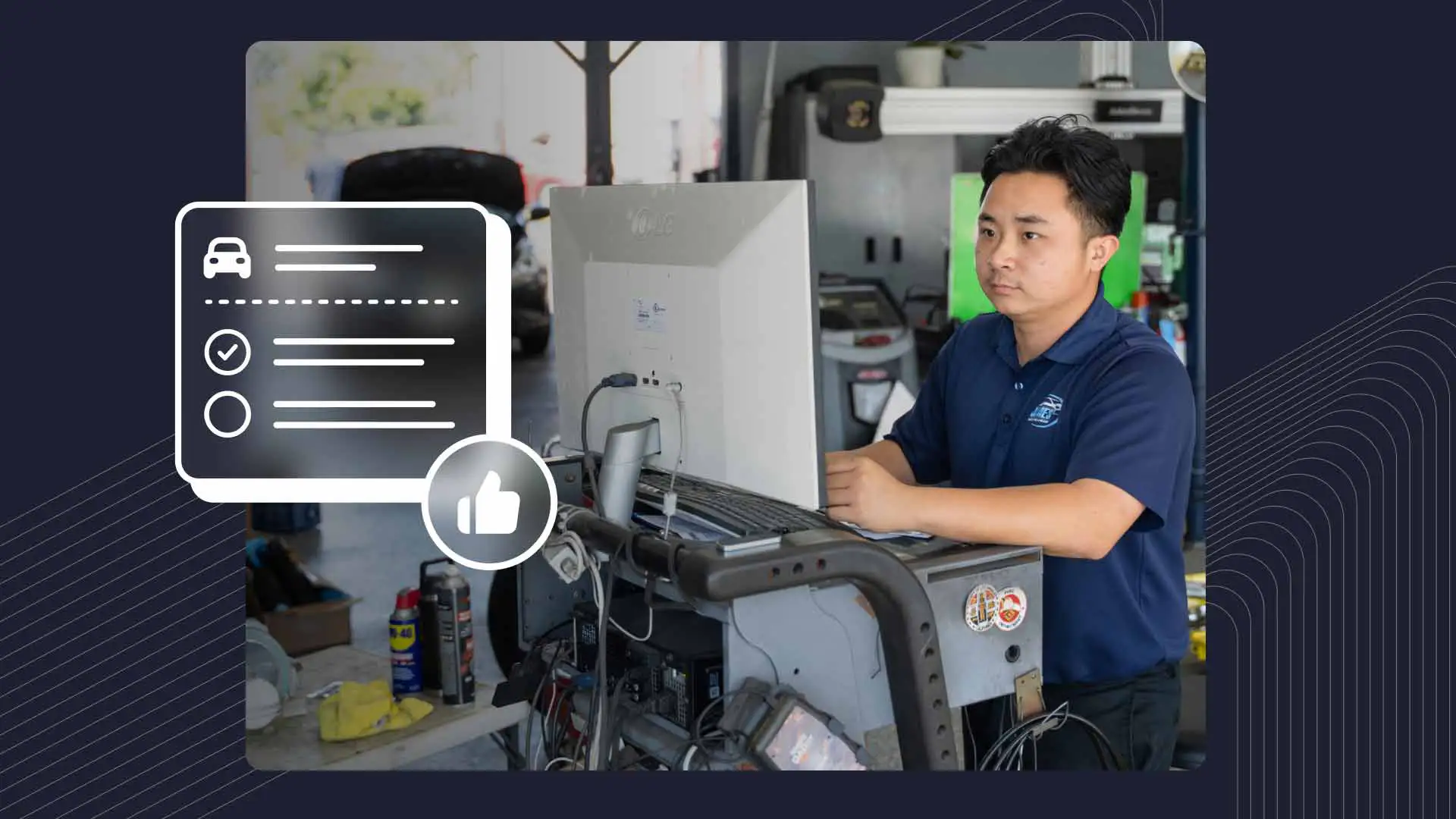Diesel engines have taken quite the journey since Rudolf Diesel patented his compression-ignition engine concept in the late 19th century. With advancements like turbocharging, direct injection, and sophisticated emissions control technologies, diesel engines have evolved from simple power sources to complex and efficient systems.
For diesel repair professionals, this is their new normal. Troubleshooting may now require specialized diagnostic tools and processes. Critical emissions control systems must be kept in proper working order to comply with regulatory requirements. And modern software updates could alter how the engine operates or diagnostics are handled.
With that in mind, let’s explore some of the main differences between modern diesel engines and those of yesteryear, and how these changes can affect their maintenance and repair.
Construction and Materials
In the past, diesel engine blocks were mainly made of cast iron because of its strength, durability, and ability to handle high compression ratios. But modern diesel engines are increasingly using lightweight materials like aluminum alloys, which in addition to reducing vehicle weight offer better heat dissipation and corrosion resistance. The tradeoff? Aluminum can overheat easier, and is more susceptible to warping and cracking during repair.
While older engines often used cast iron pistons, newer ones are utilizing more aluminum pistons with steel inserts or other reinforcements. Designs have become more complex, too, with cooling galleries and refined crown shapes improving combustion. Connecting rods have also evolved from forged steel to lighter alternatives like titanium. Thanks to advanced metallurgy and precise manufacturing, these parts have retained much of their durability.
Cylinder heads also are moving toward aluminum for weight savings and improved heat dissipation. Many of today’s heads have intricate cooling passages to better manage heat around valve seats and injector areas. Of note: In some newer engines, camshafts (in OHC setups) or fuel system parts are integrated directly into the cylinder head, potentially complicating repairs.
Fuel Systems
While older diesel engines relied solely on mechanical injection systems, modern engines have embraced electronic fuel injection. These newer systems allow for more precise diagnostics through OBD (On-Board Diagnostics) ports, providing real-time error codes and data. However, this also requires more specialized tools and software for calibration and repair. Plus, those same sensors and control modules that deliver data points for troubleshooting could become failure points themselves.
Modern diesel engines also are more sensitive to fuel quality. Higher injection pressures in new systems demand cleaner fuel to prevent injector damage. For example, ultra-low sulfur diesel (ULSD) and biodiesel blends have different properties that may influence engine performance and maintenance schedules. Diesel fuel additives like lubricity improvers, anti-gel agents, and detergents are more commonplace as well.
Common rail injection systems in modern diesel engines can operate at pressures over 30,000 psi, delivering multiple precisely timed injections per combustion cycle. While this level of control enhances fuel efficiency and reduces emissions, it also increases the system’s sensitivity to fuel quality and contamination.
Emissions Systems
Emissions controls on older diesel engines rarely went beyond basic mufflers and simple exhaust gas recirculation (EGR) systems. But today’s engines are equipped with sophisticated EGR, diesel particulate filters (DPFs), and selective catalytic reduction (SCR) systems to significantly reduce pollutants and improve engine performance and fuel economy.
These advanced emissions controls add complexity, as modern diesel engines could have tons of sensors checking everything from exhaust gas temperature to NOx levels. Diagnosing sensor-related issues means techs must understand not just what each sensor does but also how to interpret its data.
Modern systems require regular maintenance, too. For example, DPFs need to be cleaned or regenerated periodically to burn off accumulated soot particles and prevent clogging. And SCR systems require a steady supply of diesel exhaust fluid (DEF).
Engine Management Systems
Engine Management Systems (EMS) now control virtually every aspect of the engine’s operation, from fuel injection timing to turbocharger boost pressure and emissions controls. Many even have adaptive learning capabilities to adjust engine parameters based on running conditions and part wear.
Working on these systems requires data logging and analysis skills. For example, a mechanic troubleshooting a performance issue may need to interpret data from sensor inputs, actuator commands, and engine performance parameters in search of a common thread.
Meantime, software updates and calibration run the gamut from improving performance or fuel efficiency to ensuring compliance with emissions regulations. Mechanics need to be familiar with manufacturer-specific software tools, and understand how any updates can affect the engine.
Lubrication Systems
Diesel engines now typically need low-viscosity oils to improve fuel efficiency and offer adequate protection in high-stress conditions. Many also come with advanced high-capacity oil filters, and some even have centrifugal oil cleaners or bypass filtration systems to prolong the lifespan of both the oil and the engine.
In modern diesel engines, combining the cooling and lubrication systems improves heat management. Oil coolers are now often included, and some engines use the oil system to cool important parts like turbochargers for smoother operation.
Embracing Heavy-Duty Developments
The contrast between early diesel engines and modern ones is pretty significant. Today’s engines typically use lighter materials like aluminum alloys and titanium, as well as more advanced fuel systems, emissions controls, and ECUs that bear little resemblance to Rudolf Diesel’s original designs.
This brings both challenges and opportunities for diesel service professionals. While modern engines are generally more reliable and efficient than earlier versions, when issues do arise, they often take longer and require more expertise to diagnose and repair. Conversely, today’s advanced systems–fault codes, real-time data analysis, etc.–can help pinpoint failure points or problem areas in short order.
The key to success, then, is to stay informed on modern technologies, invest in diagnostic tools and equipment as needed, and always be open to new ideas and techniques.
And, if you’re interested in streamlining your shop’s operations, look no further than Shopmonkey’s truck repair shop software. Request a demo today and see how integrating an all-in-one management tool like Shopmonkey allows you to focus less on administrative duties and more on growing your shop’s bottom line.




